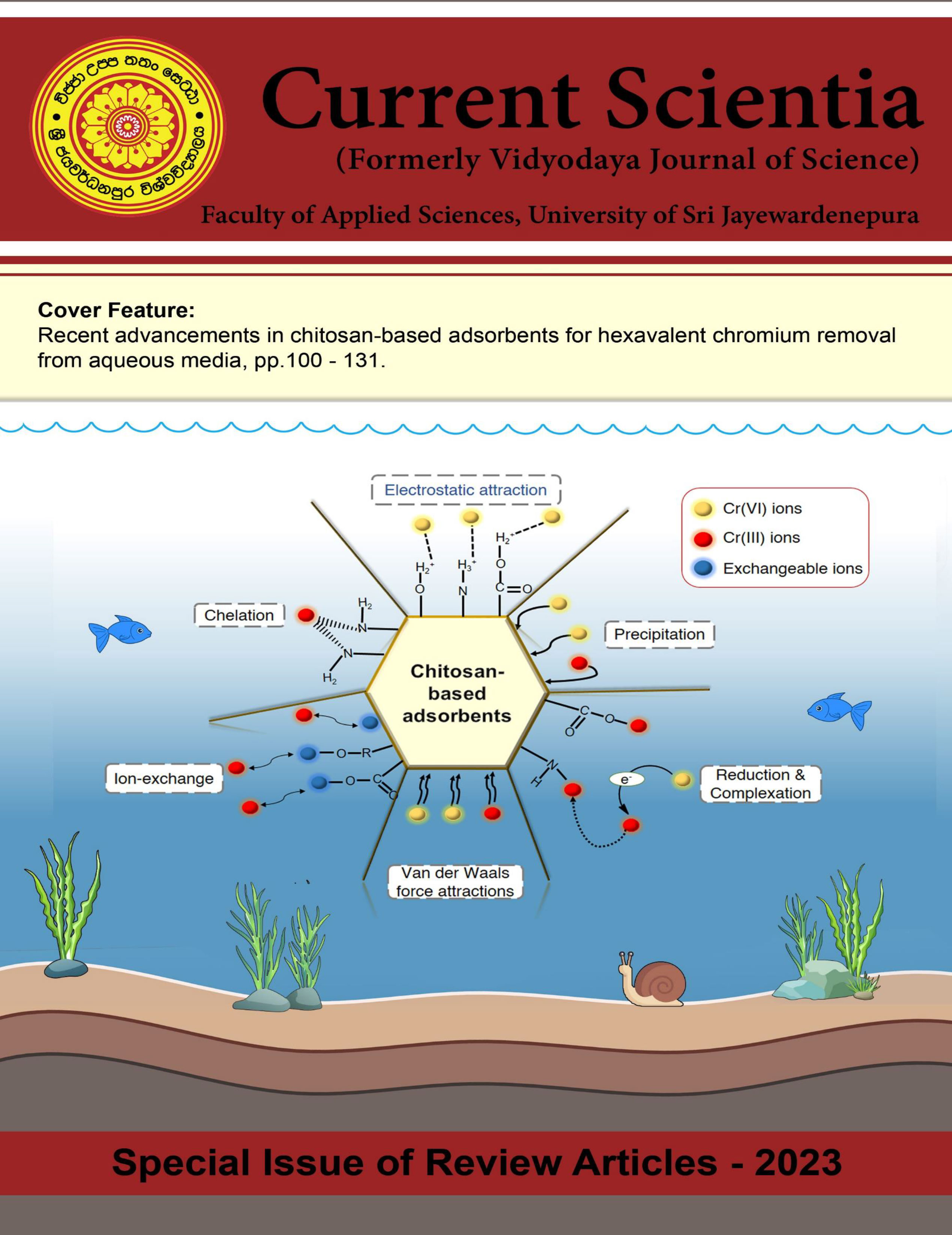Potential Applications of Electrospun Nanofibers in Agriculture
DOI:
https://doi.org/10.31357/vjs.v1is1.6702Abstract
Some of the major challenges associated with current agricultural practices include inefficient delivery and utilization of agrochemicals; fertilizers, pesticides, and pheromones; to crops. This results in low nutrient utilization efficiency with respect to applied fertilizers which leads to a greater economic burden to farmers to maintain crop yields at optimum levels. In addition, plant diseases by various pathogens also pose a threat to agriculture. In an effort to address some of the aforementioned challenges, electrospun nanofibers have emerged as a potential class of one-dimensional nanomaterials for use in agricultural applications. Unique characteristics of electrospun nanofibers such as enhanced surface area: volume ratio, high porosity distribution, and increased specific surface area pave the potential for agricultural applications that will be elaborated in this review. These applications include slow-release of fertilizers, pheromones and insecticides, seed and fruit coatings, plant protection, and nanofiber fabricated sensors. In addition, this review also focuses briefly on other preparation methods of nanofibers, and most importantly on the parameters that govern the electrospinning process; solution parameters, processing parameters, and ambient parameters. Furthermore, many more unexplored applications in the field of agriculture employing nanofiber usage exist, and it is believed that a greater understanding of the current nanofiber research and practices of green electrospinning will enable the upliftment of current boundaries to enable agricultural applications of nanofibers on a commercial scale.
Keywords: nanofiber - agriculture - electrospinning - slow-release – sensor




